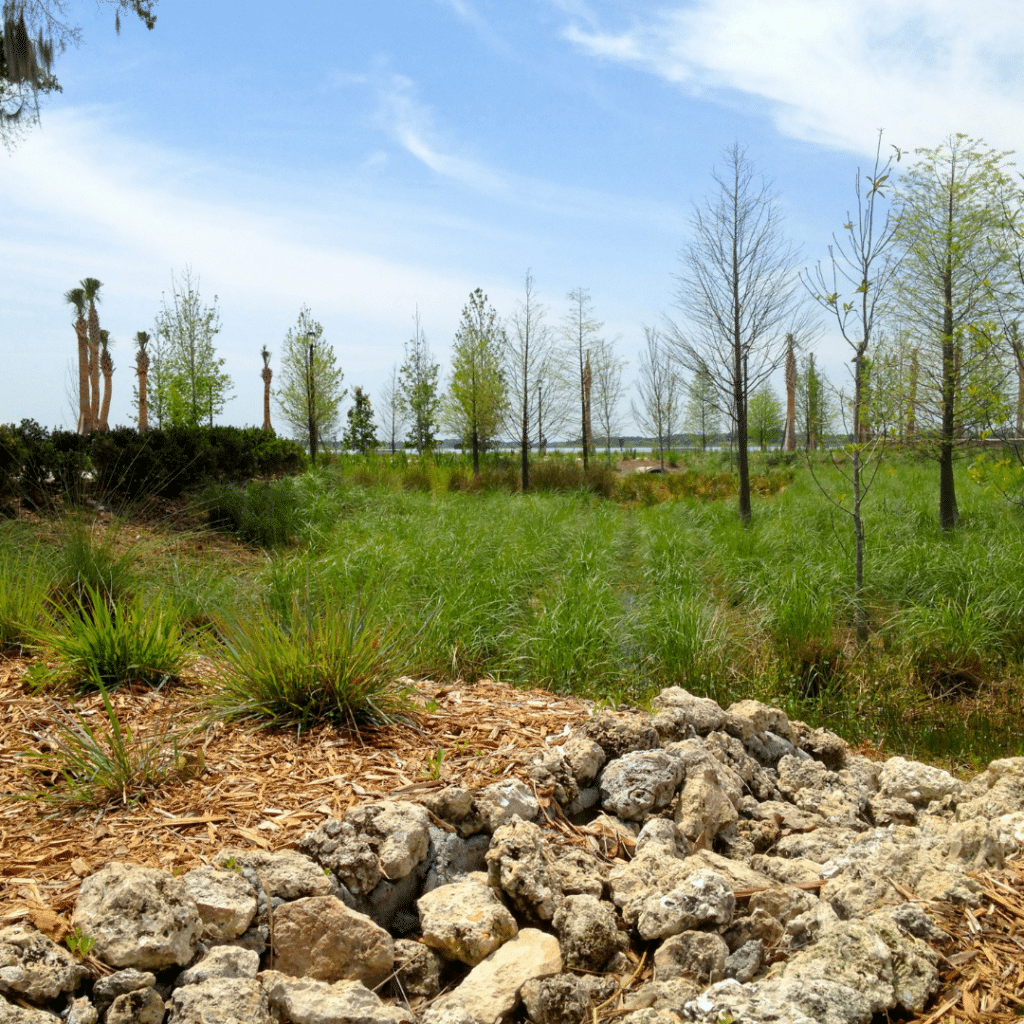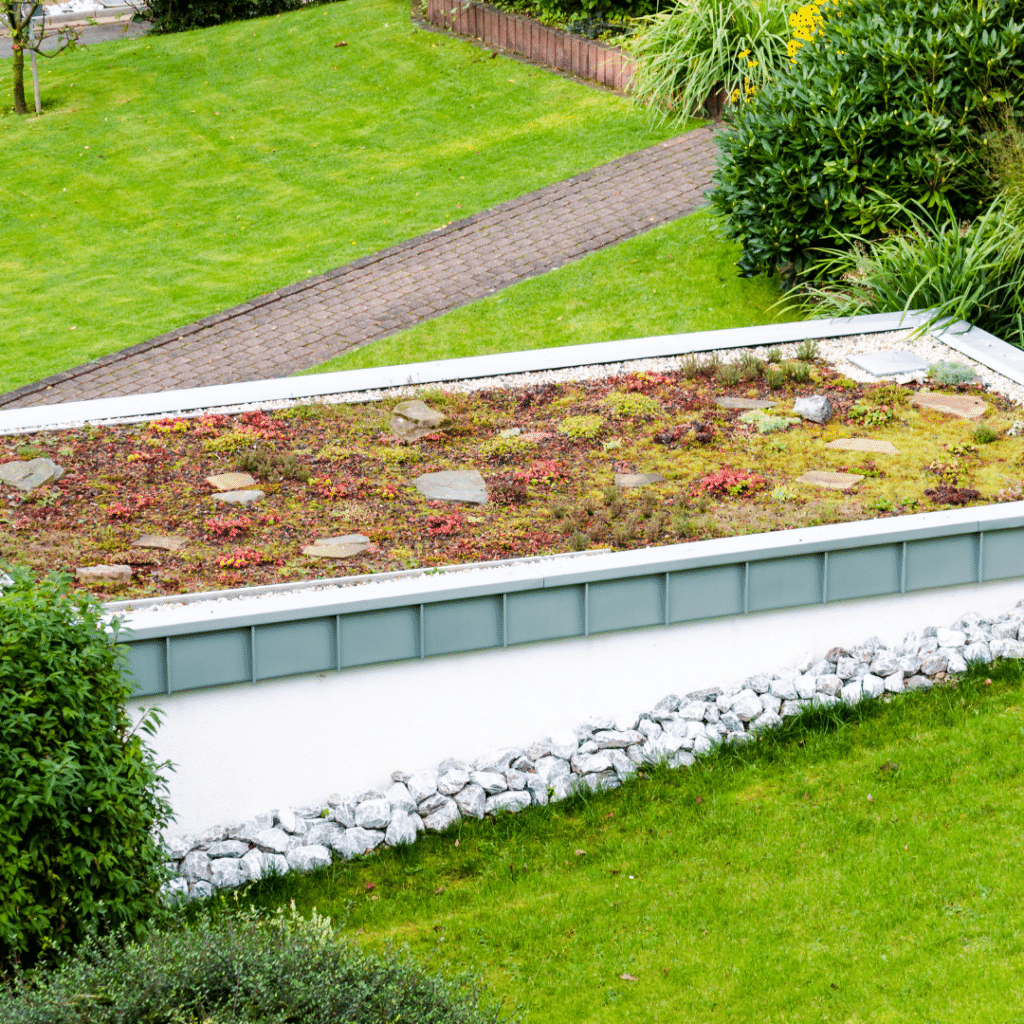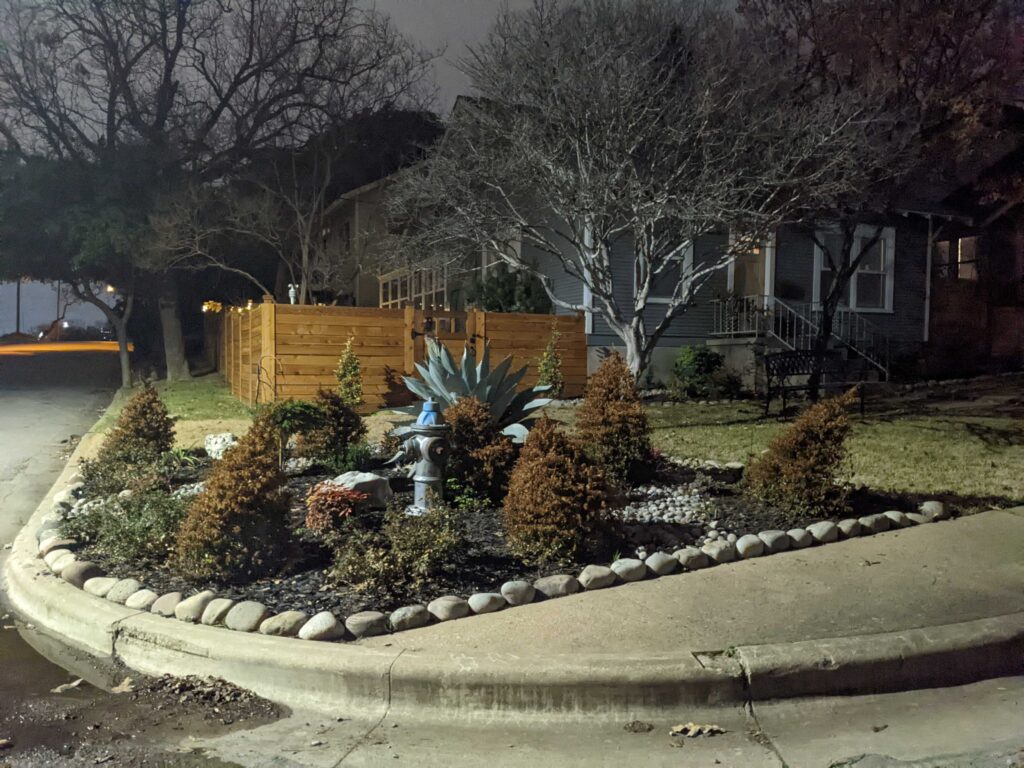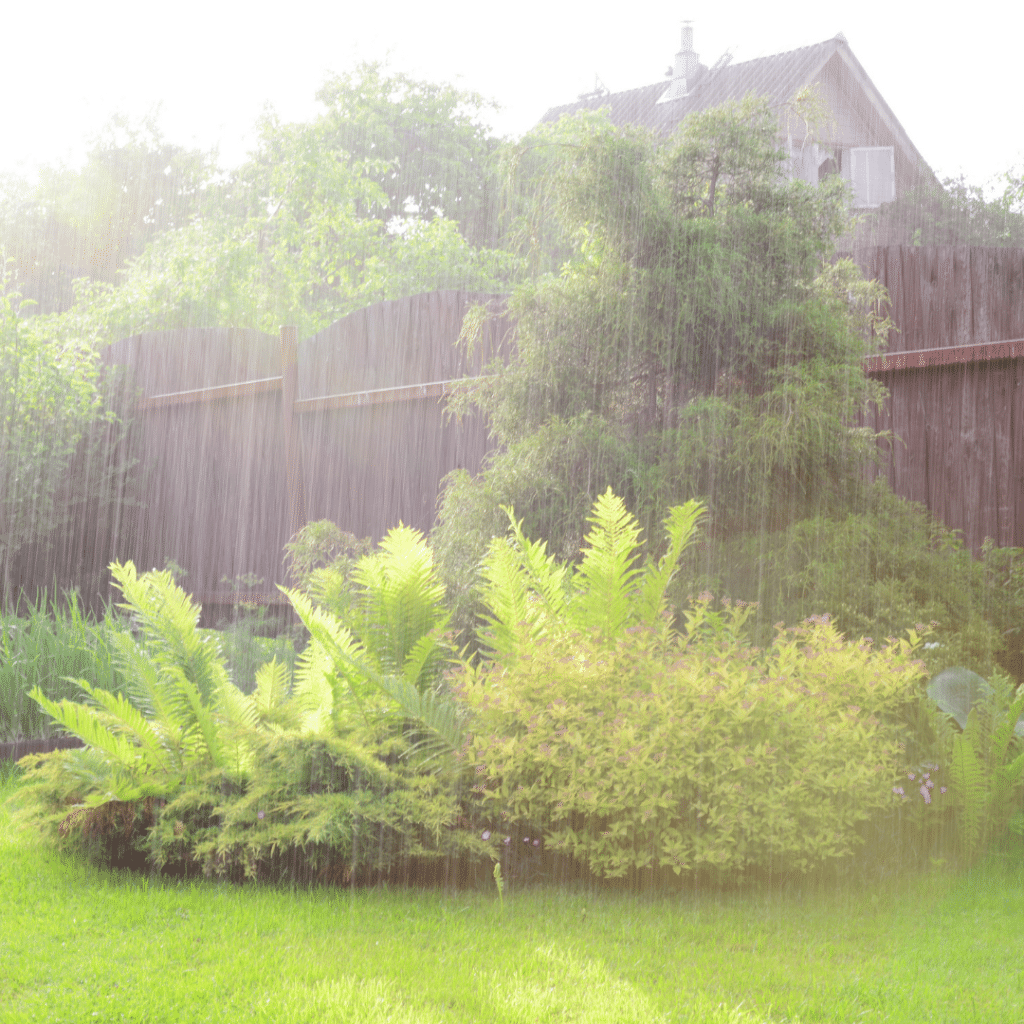Defining Stormwater BMPs
If you have ever worked with an engineer, you might be used to hearing the word drainage and the phrase stormwater best management practices. Often we have found that when clients start to dive into the world of design and structural planning, the terminology from experts in the field begins to confuse the process. In this article, I will focus on one phrase that is most commonly used, stormwater management best practices.
Best Management Practices
In 2019, the United Nations estimated that the United States had an urban population of more than 82 percent (around 268 million people). As urban environments expand, more buildings are built, and development progresses, the urban footprint expands. Generally, this footprint consists of concrete, asphalt, and building materials, most of which do not absorb water (impervious surfaces). Cities throughout the U.S. are combating urban flooding (or stormwater flooding) through various means. However, several best management practices-what often are shortened to BMPs-have been identified in helping to reduce flooding capacity.
What are BMPs and why do we use BMPs?
BMPs are common solutions to technical problems. These tools and technologies have been identified through tested means and are found to be the most effective at combating a particular issue. Stormwater issues impact individual properties differently in every environment (urban, suburban, and rural). However, the impact on a single property can vary significantly based on the amount of tree cover, impervious surface, or its location. For example, a property with minimal tree cover and no grass would be more susceptible to flooding during a severe rain event than a large, rural property with plenty of grass or a nearby ditch to transport it away. Rainwater craves permeable ground to flow down into, and often in urban environments, that is not practical. The rainwater often flows into either a Combined Sewer System (CSS) or Municipal Separate Stormwater System (MS4). BMPs offer an alternative to traditional methods of removing stormwater from an area.
Overview of BMP Technologies
Every property, like its owners, is different. From the challenges they face to the solutions that work best for them, every property has a different approach to managing stormwater. Below are some examples of stormwater management best practices found throughout the country.

Biofiltration (Rain Gardens, Conservation Landscaping, Permeable Pavement)
- Biofiltration is achieved through many tools (e.g., permeable pavement, trees, rain gardens), but the paramount goal is to filter the stormwater that goes into it so that it is pollutant-free when it enters the ground. For example, rain gardens, a popular form of biofiltration, capture rainwater, usually through a gutter downspout, and filter out the harmful pollutants built up in the water content. But rain gardens do so much more than that. Rain gardens can increase the natural beauty of a yard, draw in more natural wildlife (which means more animals!), and preserve plant life that might otherwise go extinct.

Green Roofs
- Green roofs are another popular tool for capturing rainwater on the roof directly and treating it before it reaches your home’s gutter system. For thousands of years of history, green roofs have been around in various formats worldwide. Modern-day green roofs are built on flat or low slope roofing and consist of thick, absorbent planting material that captures and treats rainwater. Green roofs are also great for insulation and beautifying your home.
Rainwater Harvesting (Cisterns + Rain Barrels)
- Harvesting rainwater that falls on your property is an excellent way to capture hundreds of gallons of water that would traditionally be lost to your municipal stormwater systems. Water is captured through a downspout connection to your gutter system and is stored in a tank system. Modern cisterns and rain barrels come in many varieties and designs to match every type of home design.
Stormwater Best Management Practice Manuals
For more in-depth knowledge on BMP practices concerning permitting and construction, sites will often utilize the local BMP Manual. Manuals list BMP guides for installing, maintaining, and other issues for managing stormwater pollution. The guides discuss each BMP and where they are best applicable for specific situations. These manuals will also list limitations, inspection requirements, and maintenance on a BMP. Stormwater management manuals are created by a variety of stakeholders and approved by permitting offices. Those who love a deep dive into what their engineer, contractor, or architect would be referencing can usually find these manuals online and listed on government websites. Here are some examples:
- North Carolina: https://deq.nc.gov/about/divisions/energy-mineral-and-land-resources/stormwater/stormwater-program/stormwater-design
- New Jersey: https://www.nj.gov/dep/stormwater/bmp_manual2.htm
- Minnesota: https://stormwater.pca.state.mn.us/index.php?title=Main_Page
It Starts With BMPs
Having a clear understanding of what water problems you face may be step one, but the solution starts with BMPs. When it comes to stormwater management, everything revolves around choosing and determining which BMP fits the property, soils, and needs of the property owner. For this reason, our team of Rainplanners uses a system of questions to determine where they need to meet you in your journey. Some property owners already know what BMPs they need, discussing plans with a contractor or engineer. They might be looking for us to help them find an incentive to offset their project costs. Other customers come in knowing very little about stormwater. Our goal is to educate and empower people to find a solution that benefits their bottom line, benefits their neighborhood, the local watershed, and can simultaneously beautify their property. The power of a BMP is that it maximizes value in every stormwater situation. Currently, we see many property owners interested in rain harvesting methods, green roofs in the DC area, and rain gardens are often a popular choice based on pricing, utility, and beautification for homeowners.
As Rainplanners we are dedicated to answering your questions and setting up a consultation call if you need more information.
Not sure where to start? We suggest you start your journey by creating your Rainplan and then utilizing our blog and resource guides to help you walk into your project fully aware of benefits, limitations, and timelines.



